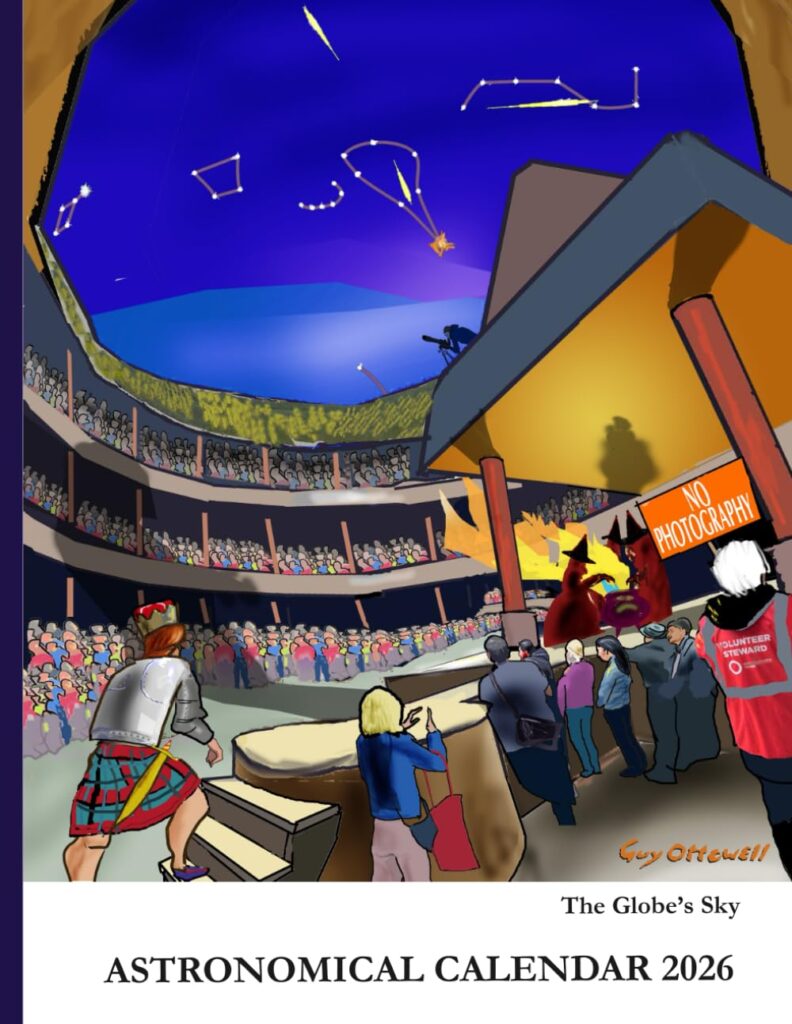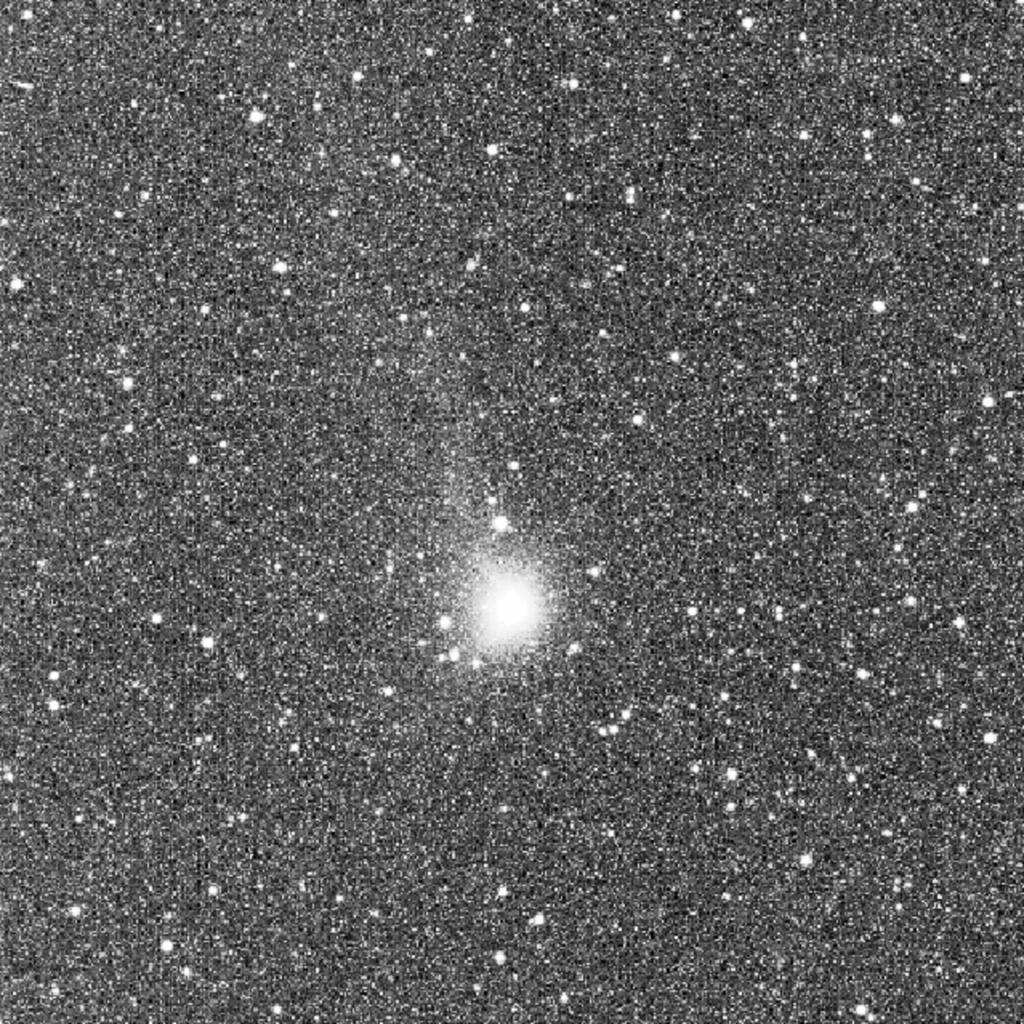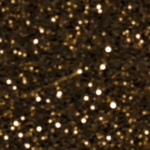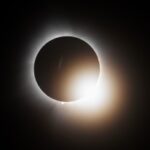Now Reading: Guide to 2023 Meteor Showers Highlights Best Times to Witness Celestial Displays
-
01
Guide to 2023 Meteor Showers Highlights Best Times to Witness Celestial Displays
Guide to 2023 Meteor Showers Highlights Best Times to Witness Celestial Displays
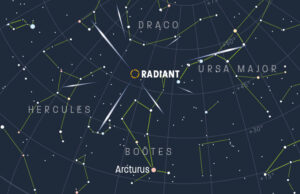
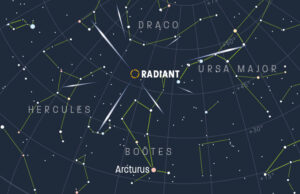
Throughout the year, skywatchers can look forward to several meteor showers, each offering a unique display of shooting stars. A comprehensive guide for enthusiasts, complete with tips on identifying and observing these celestial phenomena, can help both novices and experienced stargazers make the most of their astronomy experiences.
The Quadrantids marks the start of the meteor shower calendar, becoming active from December 26 to January 12. This shower reaches its peak on January 4, producing as many as 120 meteors an hour. The radiant, or the apparent point of origin, for this shower lies in the northern constellation Bootes and is believed to originate from the minor planet 2003 EH1, which may be linked to an extinct comet.
In April, the Lyrids will brighten the night skies from April 16 to April 25, peaking on April 22 with approximately 10 meteors per hour. This meteor shower, associated with Comet C/1861 GI Thatcher, radiates from a position near the star Vega in the constellation of Hercules.
May brings the Eta Aquariids, which are active from April 19 through May 28, peaking on May 5. Stargazers can expect up to 50 meteors per hour emanating from the constellation Aquarius, with roots tracing back to Comet Halley.
Summer months feature several notable meteor showers, including the Delta Aquariids, which are active from July 12 to August 23, peaking around July 30 and delivering about 25 meteors per hour. This shower, originating from Comet 96P/Machholz, can also include the Alpha Capricornids, producing about 5 bright meteors a hour from July 3 to August 15.
The Perseids, renowned for being one of the most spectacular showers, occur from July 17 to August 24, peaking on the nights of August 12 and 13. Observers can witness as many as 100 meteors per hour. The radiant for this display is located in the constellation Perseus, with origins linked to Comet 109P/Swift-Tuttle.
As autumn sets in, the Draconids and Orionids light up the October sky. The Draconids are active from October 6 to 10, peaking on October 8, with a rate of about 10 meteors per hour radiating from the constellation Draco. The Orionids follow, active from October 2 to November 7, peaking on October 21 and producing 20 to 30 meteors hourly, sometimes reaching up to 70 in exceptional years. This shower is associated with the infamous Halley’s Comet.
The Taurids, spanning from October 10 to December 10, have peak activity occurring on November 5 for the Southern Taurids and November 12 for the Northern Taurids, with about 10 meteors per hour. They originate from Comet 2P/Encke and radiate from the constellation Taurus.
In November, the Leonids make their presence felt from November 3 to December 2, peaking on November 17. Skywatchers can expect around 15 meteors per hour, originating from Comet 55P/Tempel-Tuttle.
The year concludes with the Geminids, a standout meteor shower that remains active from December 4 to December 17, peaking on December 14. This spectacular display can yield up to 160 meteors per hour, with the radiant located in the constellation Gemini, possibly born from the debris of the asteroids 3200 Phaethon, 1999 YC, and 2005 UD. Shortly thereafter, the Ursids appear between December 17 and December 26, peaking on December 22 and delivering around 10 meteors per hour, originating from Comet 8P/Tuttle.
For those eager to learn more about observing these celestial events, various publications and resources offer additional insights and recommendations on how to optimize your stargazing experience throughout the year.
Stay Informed With the Latest & Most Important News
Previous Post
Next Post
-
 012024 in Review: Highlights from NASA in Silicon Valley
012024 in Review: Highlights from NASA in Silicon Valley -
 02Panasonic Leica Summilux DG 15mm f/1.7 ASPH review
02Panasonic Leica Summilux DG 15mm f/1.7 ASPH review -
 03How New NASA, India Earth Satellite NISAR Will See Earth
03How New NASA, India Earth Satellite NISAR Will See Earth -
 04And Thus Begins A New Year For Life On Earth
04And Thus Begins A New Year For Life On Earth -
 05Astronomy Activation Ambassadors: A New Era
05Astronomy Activation Ambassadors: A New Era -
06SpaceX launch surge helps set new global launch record in 2024
-
 07From Polymerization-Enabled Folding and Assembly to Chemical Evolution: Key Processes for Emergence of Functional Polymers in the Origin of Life
07From Polymerization-Enabled Folding and Assembly to Chemical Evolution: Key Processes for Emergence of Functional Polymers in the Origin of Life












